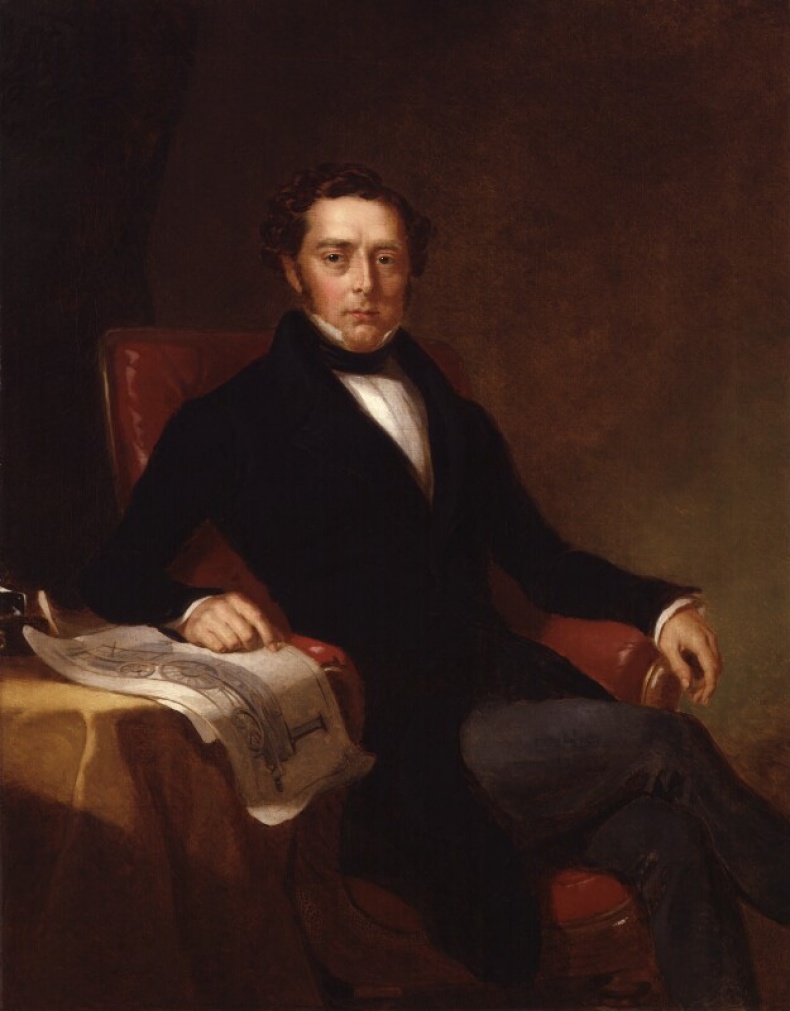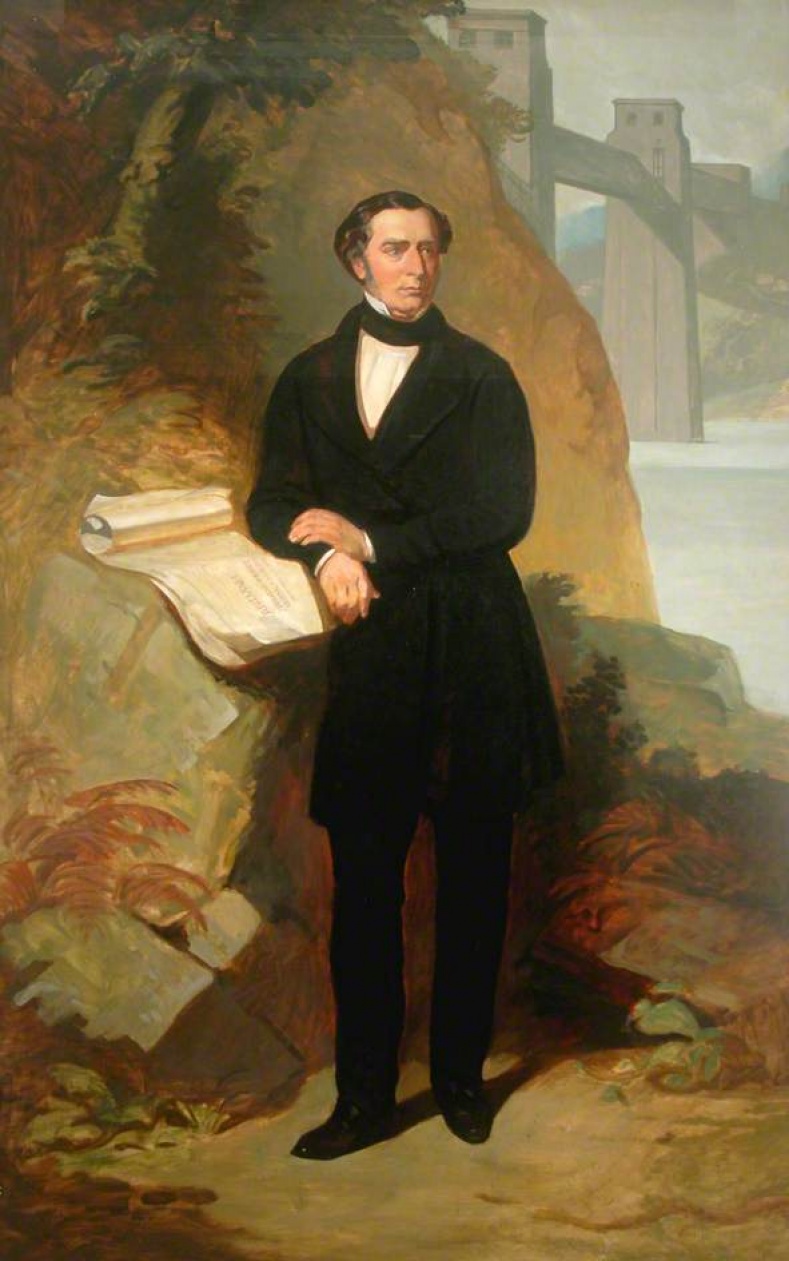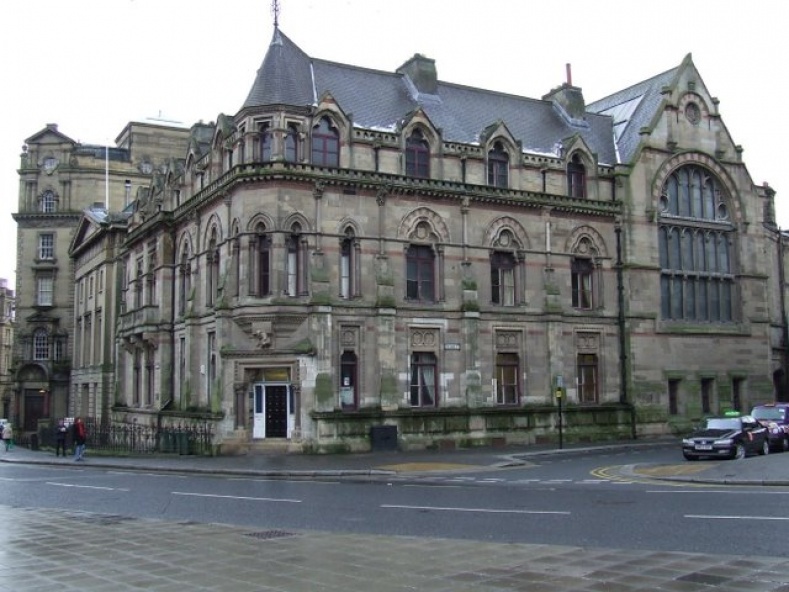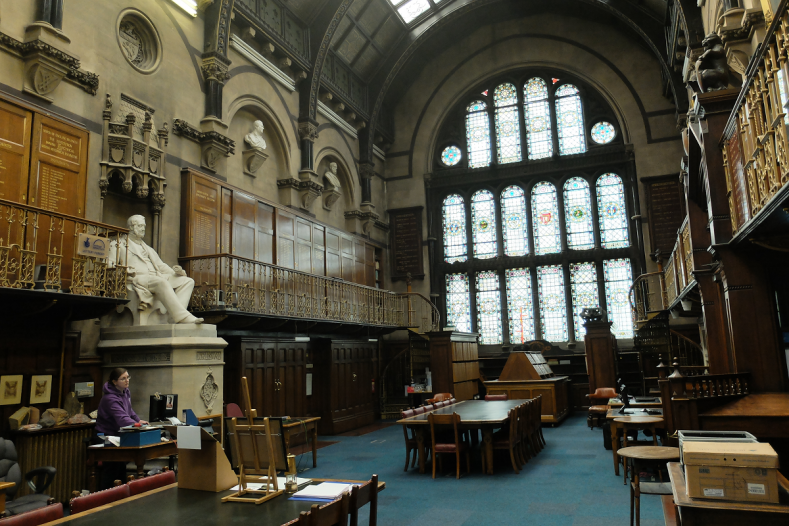



Stephenson, Robert
1803-1859
Industrialist and Railway Engineer
Robert Stephenson was born in Willington Quay, the only son of George Stephenson (1781-1848). George had been born in Wylam, a colliery village on the banks of the river Tyne. Self-educated and an utterly brilliant engineer, George had established a reputation for fixing the giant steam engines powering factories and collieries in the North East. George frequently spotted design flaws in machinery, and his habit was to find innovative solutions to the engineering problems he observed. Collieries were a testbed for engineering innovation as any idea that could improve efficiency, decrease costs or improve safety would be tried and tested. George’s inventions included the ‘Geordie’ safety lamp of 1815, and about the same time, his first successful locomotive, Blücher, which travelled on iron rails manufactured at the Losh, Wilson and Bell iron works in Newcastle.
George raised his son as a single parent from 1806. Robert followed him into engineering and soon demonstrated the same facility for invention and innovation. He was educated first in Long Benton, then at the renowned Dr Bruce’s academy in Newcastle. On leaving school in 1819 he was apprenticed to Nicholas Wood, then an up-and-coming mining and railway engineer, who in 1852 was elected as first President of the North of England Institute of Mining Engineers. The young Stephenson flourished under the guiding hand of Wood, himself a relentless innovator and shrewd businessman. The only formal higher education he received was two terms spent at Edinburgh University in 1822-23 studying natural philosophy, natural history and chemistry. Far more important were the engineering principles and technical skills learned from Wood and his father.
The first big opportunity to prove himself came in 1821 when his father was appointed as an engineer to the pioneering Stockton and Darlington Railway (SDR), which planned to haul coal using steam locomotives. To this end, George and business associates Edward Pease, Thomas Richardson and Michael Longridge established a locomotive factory in Newcastle, Robert Stephenson & Co, with Robert as manager. An initial order for two steam locomotives was placed by the SDR in 1824 and the railway opened for business in 1825.
Feeling the need to widen his experience, in 1824 Robert accepted the role of chief engineer of a British mining syndicate that had secured gold and silver mining properties in Columbia. His task, to which he dedicated three years, was to create the infrastructure needed to make the venture feasible, leading to orders for steam engines at his Forth Banks factory. On his return in 1827, he began once more to work alongside his father as George Stephenson & Son. His father was then an engineer with the Liverpool and Manchester Railway and at its celebrated Rainhill locomotive trials of 1829 Stephenson’s ‘Rocket’ triumphed over all comers. Orders now flowed in from all over the world. The name Stephenson had become synonymous with the age of steam.
Numerous commissions followed for the design and construction of railway lines at home and abroad, including the London and Birmingham Railway and the Norwegian Trunk Railway. Robert relocated to London. He was pivotal to many schemes that required access to the company promoters, politicians and financiers at the heart of the railway revolution in Britain. Numerous reminders of his genius remain, not least the High Level Bridge in Newcastle built, for the Newcastle and Berwick Railway, which entered service in 1848. In one capacity or another, he was involved in the construction of one-third of the railways constructed in Britain during his lifetime.
As his fame spread and demand for his services increased, Robert commanded increasingly large fees and became wealthy in the process. He married in Frances (Fanny) Sanderson in 1829. The couple lived happily but sadly Fanny died in 1842 without having had children. A staunch conservative, he was elected unopposed as Member of Parliament for Whitby in 1847, serving in that capacity until his death in 1859 of nephritis (inflammation of the kidneys). He left an estate valued at £400,000. The principal beneficiary was his cousin George Robert Stephenson with the remainder bequeathed to friends and numerous charitable causes, especially in support of engineering. It was receipt of his £2,000 gift that enabled the North of England Institute of Mining and Mechanical Engineers to start building the splendid premises it still occupies. During his lifetime he made many donations to the Newcastle Royal Victoria Infirmary, which enabled various improvements and expansions. He also is known to have donated £7,000 to the Literary and Philosophical Society of Newcastle upon Tyne.
In recognition of his contribution to the nation, Robert Stephenson was buried in Westminster Abbey alongside Thomas Telford, his funeral cortege passing through Hyde Park and the funeral service attended by 3,000 people. At home, in Newcastle, the 1,500 employees of Robert Stephenson & Co. marched through the streets in their own act of remembrance.
References
Bailey, M. R. (2017). Robert Stephenson–The Eminent Engineer. London: Routledge.
Britannica. (2017). Robert Stephenson. Available here (Accessed: 05/07/2018).
Harding, J.T. (1986). A History of the North of England Institute of Mining and Mechanical Engineers, The Mining Engineer - Journal of the Institution of Mining Engineers, 146, pp. 252–6.
Lomas, R. (2009). An encyclopaedia of North-East England, Edinburgh: Birlinn Ltd, pp. 442-5.
Middlebrook, S. (1950). Newcastle: Its growth and achievement, Newcastle: Newcastle Journal and North Mail, pp. 278, 308.
Kirby, M.W. (2004). Robert Stephenson. Available here (Accessed: 05/07/2018).
Kirby, M.W. (2004). Robert Stephenson. Available here (Accessed: 05/07/2018).
Rolt, L. T. C. (2009). George and Robert Stephenson: the railway revolution. Stroud: Amberley Publishing Limited.